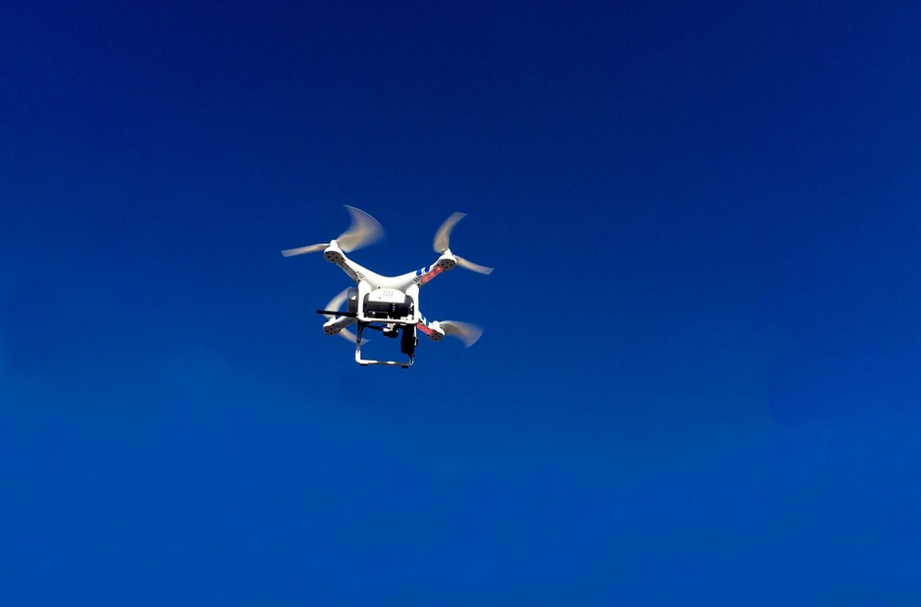
Remote sensing data is vital to obtain an understanding of the spatial ecology of marine ecosystems. When combined with tracking data, it can shed light on a species' environmental niche and population distribution.
Researchers originally got remote sensing data from orbital satellites and manned aerial surveys. Now they are using UAVs – both fixed-wing and multi-rotor designs – to observe wildlife, biodiversity, and habitats that are difficult or dangerous to approach on the ground.
"Drones are increasingly being used to gather data in greater detail and across wider areas than ever before," said Dr. Alan Rees, a member of the University of Exeter, regarding the capabilities of drones and their use by marine researchers.
"Satellite systems and aircraft transformed turtle conservation, but drones offer cheaper and often better ways to gather information," he added.
Eyes in the sky look out for turtles down below
First, UAVs serve as aerial observation platforms for the nesting activities of sea turtles at beaches and over coastlines. Researchers use them to monitor the status and trends of turtle populations on a regular basis.
Used this way, a drone can quickly scope out critical events such as strandings, when animals are unable to return to the sea. Conservationists will be able to identify potential hotspots and rescue any stranded turtle for rehabilitation and later release.
Second, drones observe turtles in the sea, where the animals spend most of their lives. Researchers study the recorded videos to estimate turtles' population density and distribution in marine habitats.
UAVs can monitor natural behaviors such as courtship and mating, visits to cleaning stations (where wrasses and other animals remove parasites from their bodies), post-nesting movements from beaches, interactions between non-breeding turtles, predator avoidance, foraging, and possible territorial actions.
Furthermore, they can keep an eye on newly-hatched turtles during the mad rush to the water and ensuing survivorship in near-shore waters. And if their flights are timed correctly, drone recordings can help researchers calculate the ratio of male and female turtles during the breeding season.
Third, drones are used to map the two most important habitats for sea turtles: Their nesting beaches and the near-shore/shallow water regions where they forage for food.
UAVs offer rapid and cost-effective aerial mapping and modeling of both beaches and water habitats. Their imagery can outperform the satellite or manned-aircraft equivalent, and they can be launched as needed or even on demand.
Responsible usage of drones
Fourth, drones can keep an eye on human influences on sea turtle habitats and populations. They can monitor marine protected environments, fisheries, and suspicious vessels, making them powerful tools for management agencies. (Related: Microplastics found in 73 percent of fish in the Northwest Atlantic, according to latest research)
Drones can also be programmed to patrol nesting beaches, spot egg and turtle hunters, and track the poachers in day or night conditions. Or they may look out for tourist activity – such as boating, diving, and snorkeling – that could affect the behaviors of sea turtles.
Finally, drones can be used for purposes of public outreach and engagement. Their on-board recording devices allow them to take visually impressive photographic and video footage that can be used to draw people's interest, awareness, and support for conservation efforts.
The University of Exeter study states that drones are just one of many tools that marine researchers can use in their line of work. Like any tool, UAVs require responsible use in order to get out the maximum effect.
Check out more eco-articles on Ecology.news.
Sources include:
Please contact us for more information.























